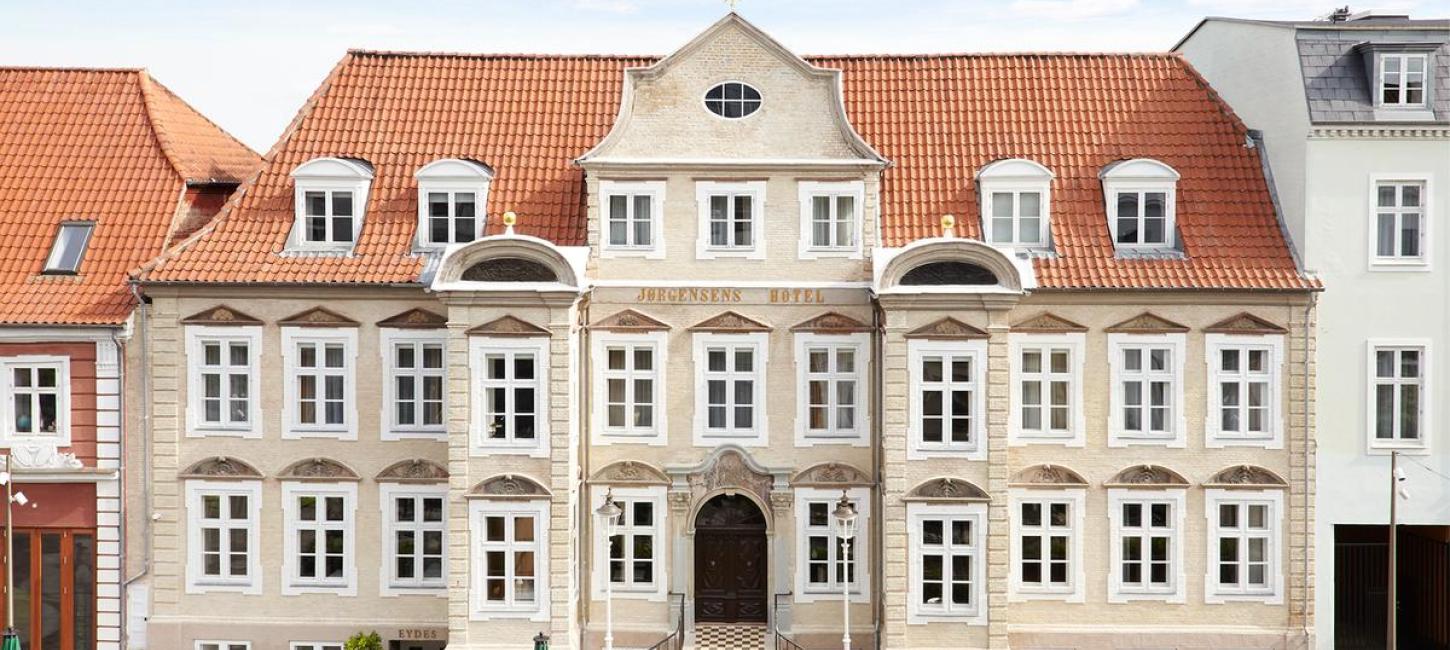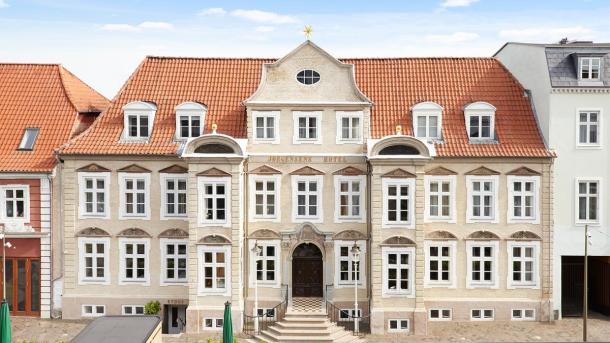Buildings that tell the course of history
Denmark's historical heritage is evident from our buildings, nature, sculptures, and the landscape. Go on an excursion to some of the most distinctive historic buildings along the coast.
Today, most mansions and castles are privately owned and not accessible to the public. But that does not stop us from looking at them, taking walks in the gardens where this is permitted - and immersing ourselves in the many stories that are just waiting to be heard.
By way of example, did you know that the fine lady of 18th-century Åkjær Manor wanted not merely to be buried in a silk dress and neat silk stockings, but also insisted on the stockings being replaced every year for Christmas?
Or that the noblewoman Kirsten Munk, who gave birth to 12 children during her marriage with King Christian IV were kept in detention at Boller Castle from 1630 until her death in 1658? The king accused her of adultery, treason and attempts at poisoning and bewitching him – and banished her from the court.
This list of historic buildings in Kystlandet is far from exhaustive.
In fact, it is only a small sample of the treasures hidden in the landscape.
12 significant historical buildings
From the oldest to youngest...
Boller Castle (1550)
Boller Castle is a historical building, dating back to the middle of the 14th Century, and involves several noble families, drama and parties in the surrounding garden back in the 1700s.
Rosenvold Castle (1585)
This castle at the summer oasis Rosenvold has an exciting history with a royal past. The castle has been owned by the same family for more than 400 years.
Åkjær Manor (1679)
This manor is the oldest in the area, and through out the Middle Ages it belonged to the bishop of Aarhus.
The Lichtenberg Mansion (1744)
The mansion, which today houses Jørgensens Hotel, was built to accommodate a successful noble merchant and his family.
Bygholm Castle (1775 )
The oldest building of the manor Bygholm was constructed in 1313 under King Erik Menved whereas the present main building dates from 1775. Today, the manor is home to the beautiful hotel Comwell Bygholm Park.
Palsgaard Slot (1803)
The core of the manor's main building can be traced back to the Middle Ages.
The gaol Bjerre Arrest (1846 )
A building that has been a courthouse, court room, gaoler’s accommodation and prison annex for resistance fighters. Today, it is used for events and tours.
Horsens State Penetentiary (1853)
This prison is famous and infamous far and wide. Once home to some of Denmark's hardest criminals - now one of Denmark's biggest cultural institutions and tourist attractions. Visit Europe's biggest prison museum and hear the many exciting stories from the more than 150 years as an active prison.
Bjerre Mølle (1860)
Bjerre Mill is an octagonal Dutch windmill and the wooden structure is covered with red tiles.
The mill Klostermølle (1872)
900 years of cultural history by the river Gudenå started as a Benedictine monastery as far back as the 12th century.
The mill Uldum Mølle (1895)
See, feel and sense the living cultural history in a beautiful old mill from 1895. See for yourself how the flour was produced and learn more about the noble craftmanship that has characterised the area for centuries.
Vestbirk Hydropower Plant (1924)
Denmark's first alternating current power plant powered by hydropower, located at the river Gudenå.












